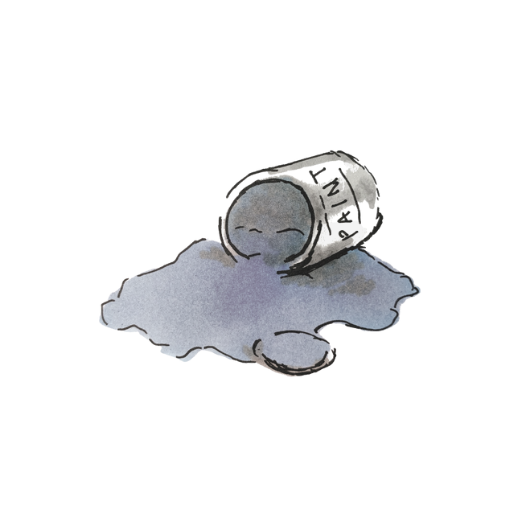
New blog series: Garden Hacks
Firstly, let me introduce my new blog series: Garden Hacks. These will be short blogs, published on Sundays, focusing on easy garden projects for the beginner gardener. No more than 30 minutes will be needed for these projects and often a lot less. I hope you enjoy them and are inspired to try something new in the garden.
Pink or blue? Which is your favourite?
My favourite colour palette for the garden in a mix of purples, pinks and whites and I remember driving past a huge hydrangea bush last year with these fabulous flowers ranging from deep pink right through to bright blue and I had to have one, so this year, I have been working on creating the right environment in my garden to have just that. Recently, a few of you have been asking me about my multicoloured hydrangea and so I want to share this super easy trick.

Firstly, not all hydrangeas change colour. I have a white one here as well which is just a separate plant; so there’s no magic there. The little flowers to the right are trailing lobelia.
The pink and blue hydrangea is one plant. In brief, for pink blooms you will need alkaline soil, for blue, acidic, and for mauve/purple blooms, your soil will need to be neutral.
You can test the ph of your soil with a cheap ph testing kit, available in any garden centre. It will also be fairly obvious from the colour of your hydrangea! Mine is alkaline but to get that colour variation I needed to acidify the soil.
You can grow hydrangeas happily in pots, so for blue blooms, use ericaceous compost. My white hydrangea is in a pot and I like combining them together with the ground-growing plants. My big pink/blue hydrangea is growing in the ground.
It’s a surprisingly simple trick. You don’t need to buy special pellets to change the ph of your soil – there are various solutions you can get online but it’s pretty expensive and the reviews I read seem to suggest it takes a while. Well, for a quick, cheap and easy fix, you just need apple cider vinegar!
Mix one cup of apple cider vinegar with 10 litres of water (an average watering can’s worth) and direct the solution at the base of the hydrangea, avoiding the leaves. Do this every couple of weeks and the colour will gradually change. You can control the ‘bluing’ by reducing or discarding the vinegar when they develop the desired hue.
Don’t overdo the vinegar – I suspect too much could harm the plant’s roots – but personally, with this solution, I’ve never had any issues.
Let me know how you get on!




I will try. I love blue hydrangea bought n sad it turned pink..
One I kept in pot with ericous compost. Hope will keep the blue next summer.
Thanks for the tips.
Lovely pictures on insta 👌🌼
Author
Good luck! It’s worth a try and worked for me ☺️☺️☺️ xx